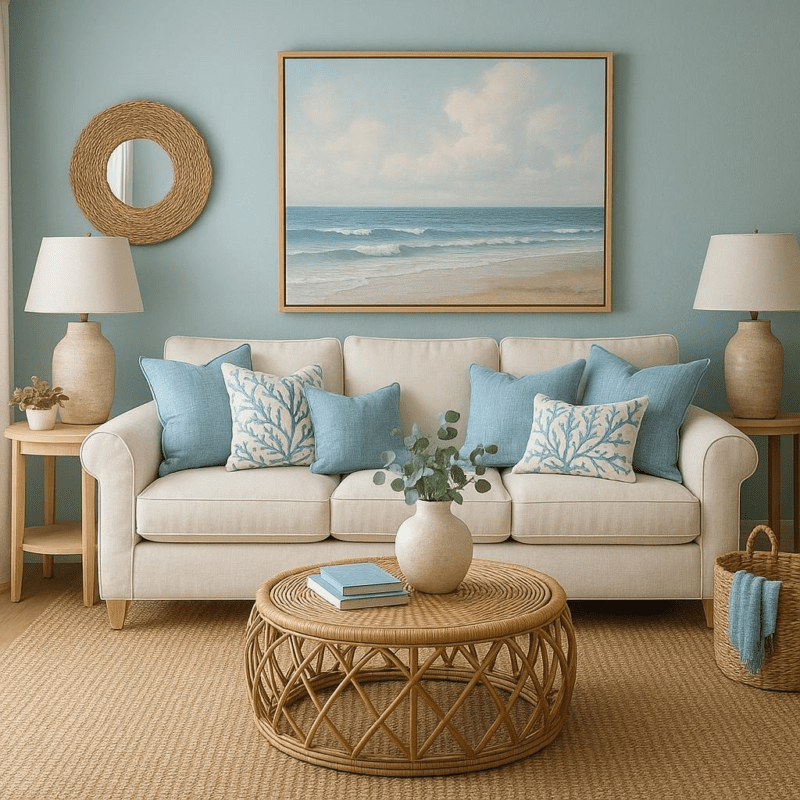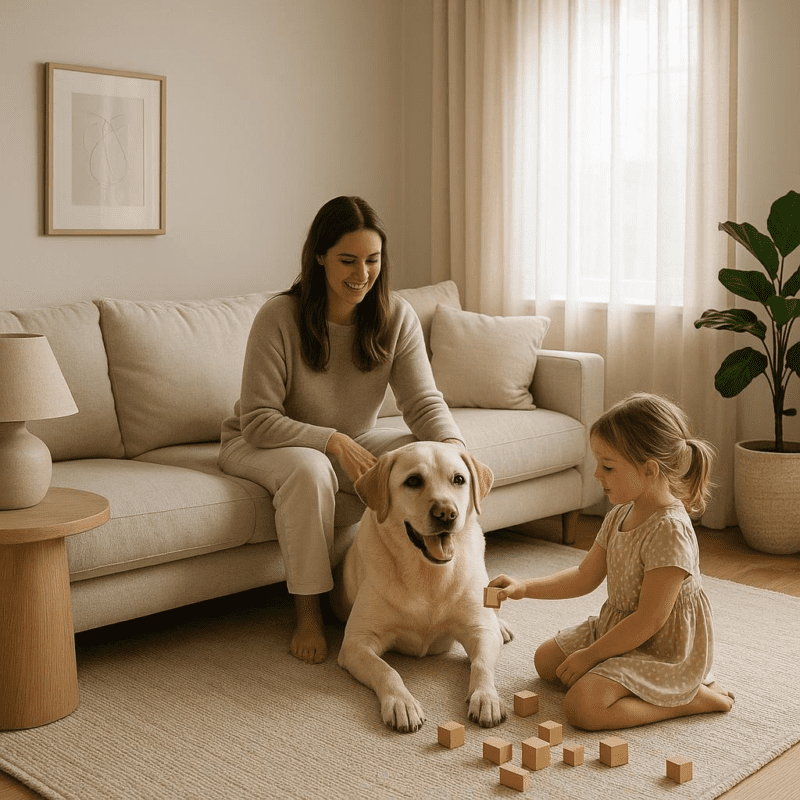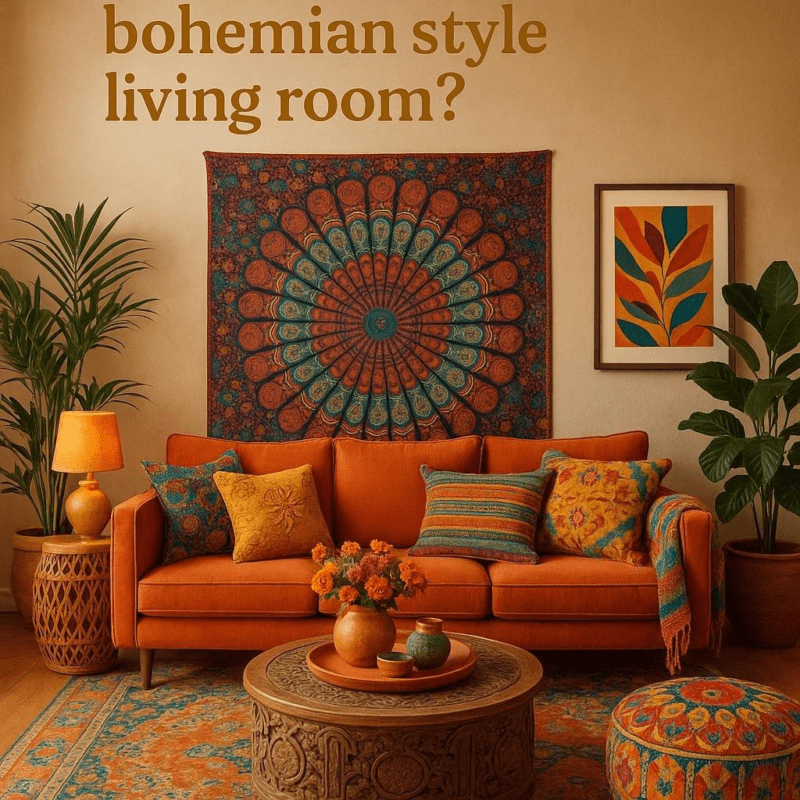What are some tips for arranging furniture in a living room?

Arranging furniture in a living room can be both a fun and rewarding task,yet it often comes with its own set of challenges.Whether you’re working with a cozy space or a spacious area, the way you place your furniture can greatly impact the room’s functionality, flow, and overall aesthetic. In this article,we’ll explore some practical and easy-to-follow tips to help you create a pleasant,inviting,and well-balanced living room that suits your lifestyle and personal taste. Whether you’re starting fresh or looking to refresh your current setup, these insights will guide you every step of the way.
Choosing the Right Layout to Maximize Space and Comfort
To create a living room that feels spacious and inviting, focus on selecting a layout that balances function with visual flow. Start by identifying a focal point-this could be a fireplace, TV, or a stunning window view-and arrange your main seating around it to encourage conversation and relaxation. Keep pathways clear to ensure easy movement; a good rule of thumb is to leave at least 2-3 feet between furniture pieces and walking areas.By thoughtfully positioning furniture, you can maximize the available square footage while maintaining a cozy atmosphere.
Consider these practical tips for achieving a balanced layout:
- Use sectional sofas or modular pieces to define zones without overcrowding.
- Opt for multi-functional furniture like ottomans with storage to reduce clutter.
- Anchor your seating area with a rug that fits all key pieces to create unity.
- In smaller rooms, try floating furniture away from walls to create depth and openness.
| Layout Style | Best for | Key Benefit |
|---|---|---|
| L-Shaped | Open floor plans | Defines seating zones naturally |
| Symmetrical | Customary rooms | Offers balanced and formal look |
| Floating | Small spaces | Enhances flow and depth |
| Corner Arrangement | Cozy nooks | Maximizes unused corners |
Balancing Functionality and Aesthetics in Your Living Room
Creating a living room that serves both practical needs and visual appeal requires thoughtful planning. Start by prioritizing the essential functions of the space-whether it’s for relaxing, entertaining, or working. Arrange furniture to foster easy movement and comfortable conversations by grouping pieces around a central point like a coffee table or fireplace. Incorporate multifunctional furniture, such as storage ottomans or expandable sofas, to maximize utility without sacrificing style. Balance is key: larger pieces should be anchored against walls or in focal areas, while smaller accents and accessories add layers of warmth and character without cluttering the layout.
To blend style with usability, pay attention to color schemes and textures that complement each othre while serving practical purposes, like stain-resistant fabrics or surfaces that withstand everyday use. Use rugs, lighting, and art to define zones within the room and guide the eye smoothly from one area to another. Consider the following guidelines to help strike the perfect harmony:
- Maintain clear pathways for easy navigation and safety.
- Optimize lighting by layering ambient, task, and accent lights.
- Use scale appropriately – large sofas balanced by smaller chairs or ottomans.
- Incorporate personal touches such as plants or meaningful decor items.
| element | Functional Benefit | Aesthetic Impact |
|---|---|---|
| sectional Sofa | Maximizes seating space | Creates a cozy and inviting atmosphere |
| Area Rug | Defines seating area | Adds texture and color contrast |
| Floor Lamp | Enhances task lighting | Offers sculptural design element |
| Storage Ottoman | Provides hidden storage | Acts as versatile seating or table |
Selecting Furniture Sizes and Shapes That Enhance Flow
Choosing the right sizes and shapes of furniture is crucial for creating a space that feels open and inviting rather than cramped and cluttered. Opt for pieces that complement the scale of your living room; too large can overwhelm the space, while too small might make it feel sparse and disconnected. Consider versatile furniture with clean lines and lighter profiles, which can definitely help maintain visual flow. round and oval-shaped pieces, for example, soften corners and create natural pathways, making movement seamless. Avoid bulky sofas or oversized armchairs in tight areas, and instead, choose streamlined designs that maximize seating without dominating the layout.
To enhance flow, think strategically about the arrangement of your furniture in relation to walkways and focal points like windows or fireplaces. Hear are some helpful tips to keep in mind:
- Leave clear pathways: Ensure at least 30 inches of walking space around furniture to allow easy movement.
- Use modular furniture: Pieces that can be rearranged or expanded offer flexibility and keep the room dynamic.
- Place area rugs strategically: Define seating zones without blocking traffic routes.
| Furniture Shape | Best Use | flow Impact |
|---|---|---|
| Rectangular | Large sofas, coffee tables | Defines boundaries, use with care in small rooms |
| Round | Side tables, ottomans | Softens corners, improves circulation |
| Modular | Sectionals, poufs | Adaptable layout, flexible flow |
incorporating Focal Points to Create Visual interest and Harmony
Establishing a focal point in your living room is essential for guiding the overall flow and creating a sense of balance. This could be a fireplace, a bold piece of artwork, a statement sofa, or even a large window with a stunning view. Position your furniture so that it naturally draws attention to this central element, enhancing its impact while making the space feel cohesive. As an example, arranging seating around a fireplace or TV encourages conversation and comfort, while anchoring the room’s energy around a shared visual anchor.
To successfully blend multiple focal points without overwhelming the space, consider these tips:
- Size matters: Larger focal points should dominate, while smaller accents support the room’s story.
- Use layering: Combine texture,color,and lighting to enrich visual hierarchy.
- balance is key: If one side of the room has a heavy focal element, offset it with lighter, complementary pieces on the other side.
Using this strategy concurrently enhances visual interest and harmony, allowing your living room to feel inviting yet well-organized.
Wrapping Up
Arranging furniture in your living room doesn’t have to be a daunting task. By keeping these practical tips in mind-considering traffic flow, focal points, balance, and comfort-you can create a space that is both functional and inviting.Remember, your living room should reflect your personal style while meeting the needs of those who use it most. Take your time experimenting with different layouts until you find the perfect arrangement that makes your living room a welcoming and harmonious place to relax and entertain.










